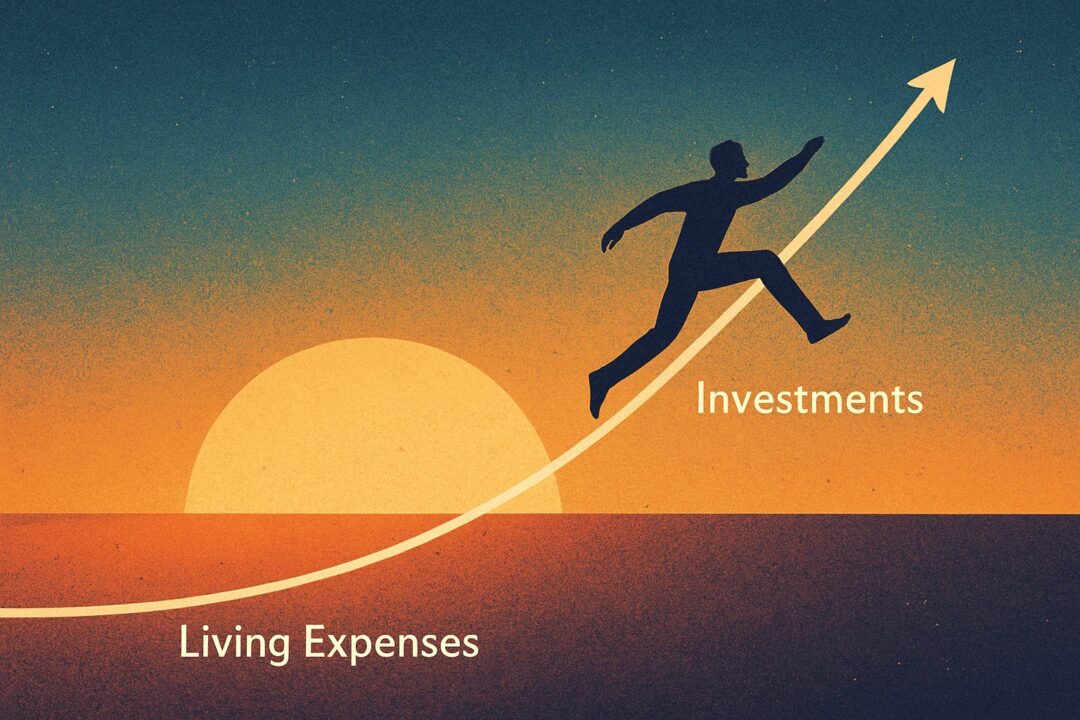The European Central Bank (ECB) is preparing the launch of the “digital euro” — a Central Bank Digital Currency (CBDC) promoted as a necessary modernization for Europe’s financial system.
On the surface, the promises sound appealing: faster payments, greater financial resilience, and increased inclusion.
However, a closer, honest look reveals a very different reality:
The digital euro offers no meaningful advantages for individuals or businesses compared to existing systems.
Instead, it would dramatically expand government surveillance, control, and intervention over financial life — while destabilizing the existing banking system itself.
Let’s unpack the truth behind the hype.
The Promised Benefits — And Why They Are Illusions
Governments and central banks present a list of “benefits” to justify CBDC adoption. But under scrutiny, each collapses:
1. Faster, Cheaper Payments
Claim:
CBDC will enable real-time, low-cost transactions.
Reality:
Payments in Europe are already nearly instant (SEPA Instant) and free or extremely cheap for consumers.
Mobile apps, debit cards, and contactless payments are fast, reliable, and widespread.
For most users and businesses, speed and cost are non-issues today.
A CBDC would not significantly improve this situation.
There is no widespread problem here that needs solving.
2. Financial Inclusion
Claim:
CBDCs will provide access to banking for the unbanked and underserved.
Reality:
Europe already has very high banking penetration.
Mobile apps and neobanks (like Revolut, N26) have already lowered barriers to entry.
The few remaining unbanked individuals are typically disconnected for social or political reasons, not because of technological barriers.
CBDCs solve nothing that fintech and basic banking haven’t already solved better.
3. Privacy Protection
Claim:
CBDCs could offer a more private alternative to Big Tech and credit card data mining.
Reality:
By law, CBDCs must comply with anti-money laundering (AML) and counter-terrorist financing (CTF) regulations.
Therefore, real anonymity will be impossible.
Every CBDC transaction could be monitored, stored, and analyzed by governments.
While Big Tech abuses your data for profit, CBDC infrastructure risks handing governments absolute surveillance power over personal finance.
4. Resilience in Crises
Claim:
CBDCs will ensure that payments work during banking crises or system failures.
Reality:
Europe’s banking system is already backed by strict regulation, deposit insurance, and crisis management frameworks.
Payment systems are redundant and extremely resilient.
If private banking collapses so badly that CBDCs are needed as backup, society would already be facing much larger systemic collapse.
CBDC as a “safety net” is a weak justification when weighed against the risks it creates.
5. Programmable Money
Claim:
CBDCs can enable smart, programmable payments, making financial services more flexible and efficient.
Reality:
Private fintech already enables programmable payments today: standing orders, smart contracts, automated payouts.
No CBDC is required for this functionality.
Worse, programmability invites government abuse:
- Money could be programmed to expire,
- Only work for “approved” goods,
- Or be restricted based on political behavior or “social credit.”
Programmable money is not a user benefit — it is a mechanism for control.
Real Risks: What CBDCs Actually Enable
While benefits to users and businesses are marginal at best, the real impacts of CBDCs are profound — and dangerous.
1. Total Financial Surveillance
Every transaction, no matter how small, could be recorded in centralized databases.
In the wrong hands — now or in the future — this creates an architecture for:
- Constant monitoring of spending behavior,
- Mass profiling of citizens,
- Targeted enforcement or punishment based on personal, political, or ideological criteria.
This is the end of financial privacy as we know it.
2. Government Programmable Control
CBDCs could allow governments to:
- Limit purchases to certain categories,
- Prevent savings by forcing spending (expiring money),
- Freeze accounts instantly for political dissent or perceived non-compliance,
- Enforce behavior-based financial penalties or rewards.
This programmable feature — often promoted as an advantage — gives central authorities unprecedented direct control over individuals’ financial autonomy.
3. Threat to Cash and Alternative Systems
Although initially positioned “alongside” cash, in reality:
- Governments could phase out physical cash for “efficiency,” “security,” or “climate goals.”
- Private payment systems could be regulated or taxed into submission to make CBDC the default.
- Citizens could find themselves without any anonymous, private way to store or spend value.
4. Destabilization of Commercial Banks
CBDCs pose an existential threat to traditional banking:
- If people can hold digital euros directly with the ECB, they may pull deposits away from commercial banks.
- Banks rely on deposits to fund loans, mortgages, and economic growth.
- A large-scale deposit drain would require:
- Constant government bailouts,
- Artificial caps on CBDC holdings (limiting its usability),
- State interventions into lending markets.
Thus, CBDCs could weaken or destroy the private banking sector without providing a superior replacement.
Who Really Benefits? The Answer: Governments and Central Banks
While people and businesses get trivial, theoretical improvements, governments get:
- Absolute visibility over all monetary transactions,
- Power to impose behavior through money programming,
- Tools to enforce tax collection, climate mandates, or political loyalty,
- Ability to suppress dissent by cutting off financial access.
CBDCs represent a massive concentration of financial power in the hands of central authorities — more than any government has ever had in peacetime history.
Will Adoption Be Voluntary? In a True Democracy, Yes — In Reality, Probably Not
In a truly democratic, free society:
- People would always retain the option to use cash or private payment systems.
- CBDC adoption would rely entirely on free choice, not manipulation or coercion.
Unfortunately, in reality:
- Governments could make cash harder to access,
- Favor CBDC use in government services (tax refunds, welfare, etc.),
- Nudge or pressure banks to promote CBDC over traditional accounts.
Gradually, citizens could find themselves trapped in a system they never freely chose.
Conclusion: A Fork in the Road
The digital euro is being promoted with the language of innovation and progress — but the real story is about power, surveillance, and control.
For individuals: No real improvement over today’s fast, cheap digital payment systems.
For businesses: Marginal gains at best, new risks at worst.
For governments: Total control over money and its users.
The greatest danger is not that CBDC adoption happens quickly —
It is that it happens quietly, disguised as convenience, until financial freedom is irreversibly lost.
If Europeans care about preserving privacy, autonomy, and the right to dissent, they must resist the introduction of CBDCs as mandatory infrastructure.
The future of financial liberty depends on making these risks visible now, before it is too late.
Discover more from Brin Wilson...
Subscribe to get the latest posts sent to your email.



